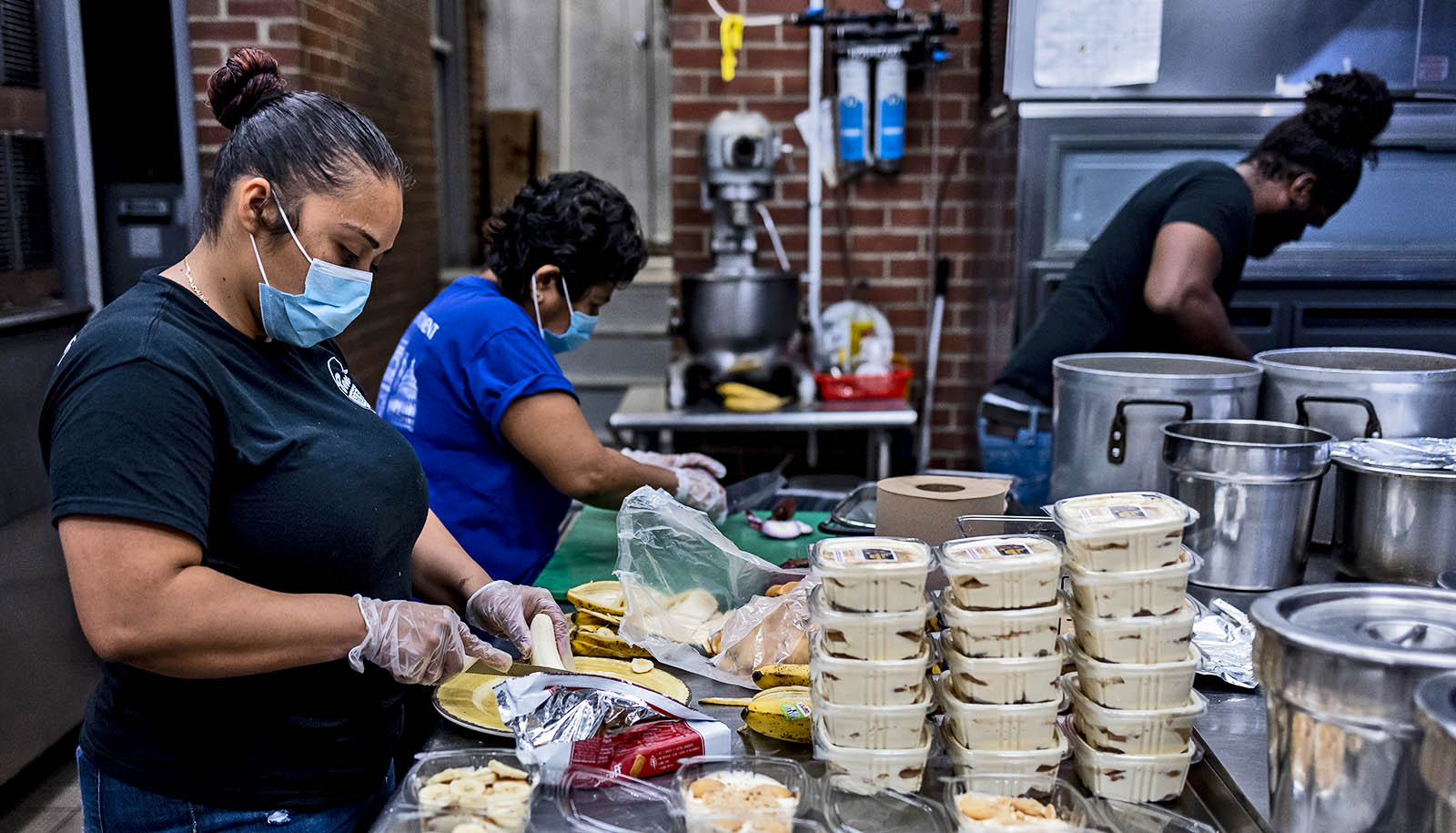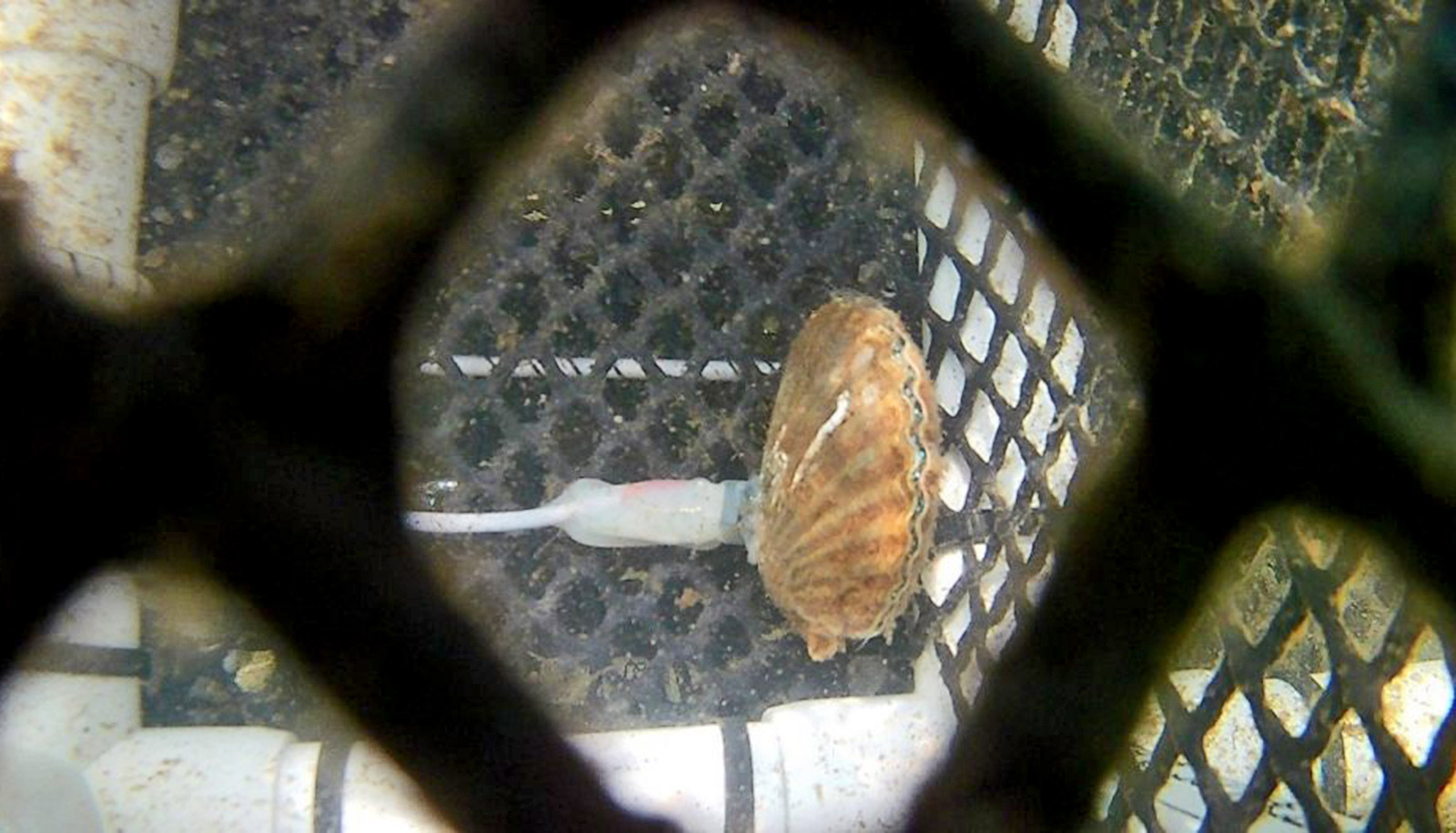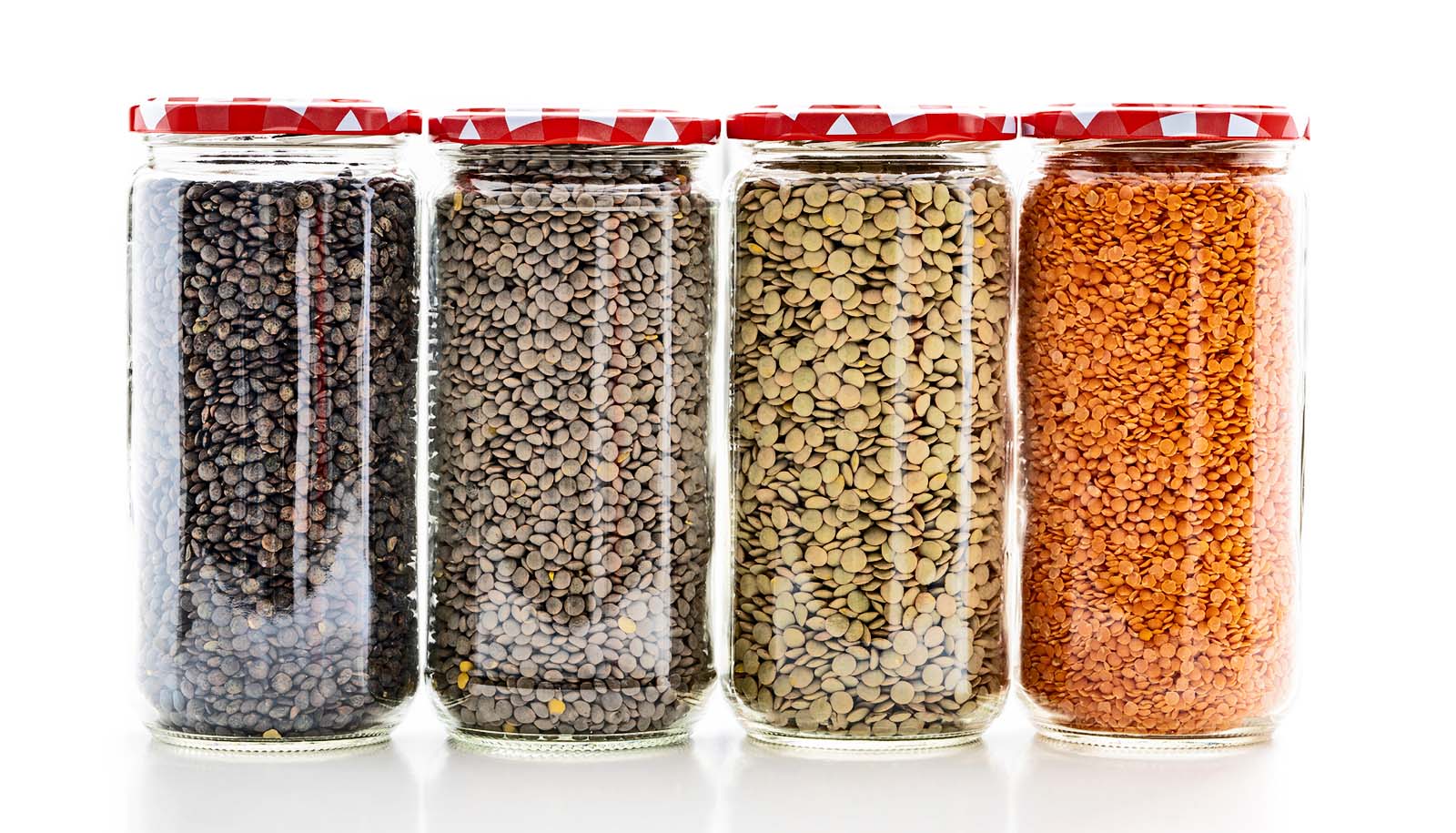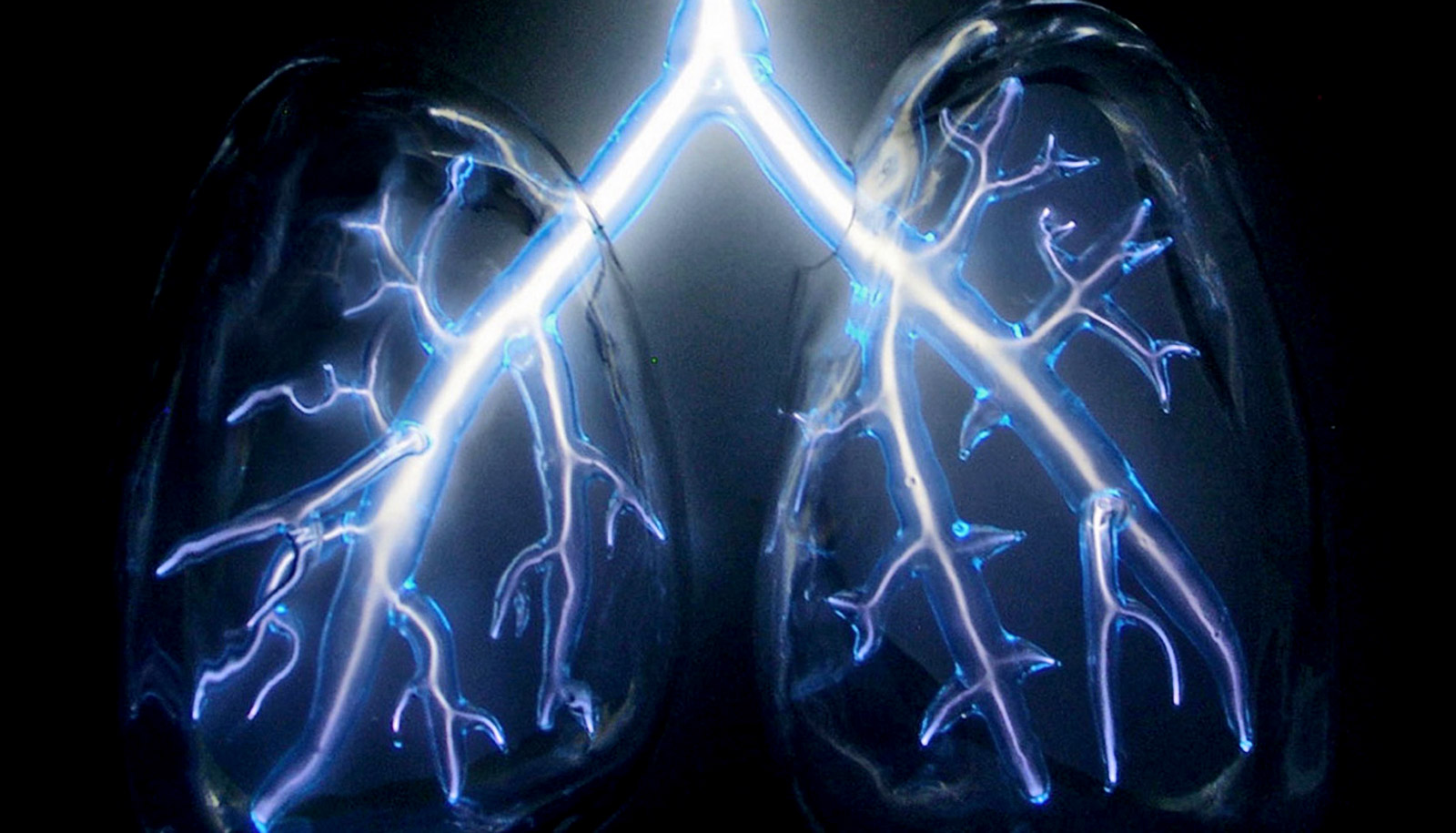Any unseasonably hot day—no matter the time of year—can lead to a rush of gun violence, research finds.
When temperatures sizzle, so do tempers. Across the United States, headlines lamenting a summer spike in shootings—a “gun violence emergency” in Portland, Oregon, “another summer of mayhem” in Philadelphia—have become a depressing feature of the season.
According to the researchers, mitigating the impacts of climate change and helping residents adjust to rising temperatures could help curb shootings.
Published in the journal JAMA Network Open, the study finds a consistent relationship between higher temperatures and higher risk of shootings in 100 of the country’s most populated cities.
The comprehensive study reveals that nearly 7% of shootings can be attributed to above-average daily temperatures, even after adjusting for seasonal patterns. The paper’s findings—the first to show that heat-attributable shootings are a nationwide problem—indicate that the Northeast and Midwest regions experience the sharpest increases in gun violence on hotter-than-normal days. Gun violence is the leading cause of death among children and teens—a situation that only worsened during the pandemic.
“Our study provides strong evidence that daily temperature plays a meaningful role in gun violence fluctuations,” says study senior author Jonathan Jay, assistant professor of community health sciences and director of Boston University’s Research on Innovations for Safety and Equity (RISE) Lab. “Even though some regions showed larger or smaller effects, the general pattern is remarkably consistent across cities.”
As climate change threatens to raise daily temperatures even more, the researchers say their findings underscore the need for ongoing policies and programs that acclimate communities to heat and mitigate the risk of heat-attributable gun violence.
“Our study really highlights the importance of heat adaptation strategies that can be used all year, as well as a need for specific regional awareness and attention in regions where this relationship is strongest,” says Vivian Lyons, study lead author and a research scientist in the Social Development Research Group at the University of Washington’s School of Social Work.
For the study, the research team used publicly available data from the Gun Violence Archive, a national repository of gun violence information. They analyzed daily temperatures and more than 116,000 shootings, from 2015 to 2020, in 100 of the most populous US cities with the highest number of assault-related shootings. Accounting for seasonality and regional climate differences, they found that 7,973 shootings were attributable to above-average temperatures.
The temperatures associated with increased gun violence varied considerably across cities. For example, both Seattle and Las Vegas experienced the highest elevated risk of gun violence during days when the temperature soared within the 96th percentile range of average daily temperatures—but for Seattle, that temperature was 84 degrees, while in Las Vegas, it was 104 degrees.
“Cities with high rates of firearm violence should continue to implement firearm-prevention strategies broadly, including credible messenger programs and hospital-based violence intervention programs,” Lyons says. “What our study suggests is that for cities with more heat-attributable shootings, implementing heat adaptation strategies at the community level—such as greening efforts that have been effective at reducing urban heat islands and have some association with reductions in firearm violence—may be particularly important.”
So, what might be driving this association between heat and gun violence? “It could be that heat causes stress, which makes people more likely to use aggression,” says Jay, who’s also a partnering faculty member at the BU Center for Climate and Health. “Or it could be that people are more likely to get out on warmer days and have more interactions, which creates more opportunities for conflict and violence. Most likely, it’s a combination of both.”
Regionally, heat-attributable gun violence may be most pronounced in the Northeast and Midwest due to sharper fluctuations in temperature in those areas, even within seasons, or because cities in those regions are less acclimated to heat, the researchers say. But those regions are also more racially segregated than other parts of the country. The study findings should be interpreted within the context of structural racism and racial inequities in exposure to gun violence and heat, says Jay.
“The Northeast and Midwest regions are where we see some of the starkest differences in the built environment and other resources, according to race—to me, these inequities are the most interesting and important direction of this work,” Jay says. “We know that segregation and disinvestment lead communities of color, especially Black communities, to have greater exposure to adverse environmental conditions that contribute to gun violence risk, such as abandoned buildings, liquor stores, lack of green space, and more intense urban heat islands.”
Healthy tree canopy and other heat mitigation strategies can serve as part of a mission that’s “part racial justice, part climate change mitigation, and part gun violence prevention,” he says. “These are all urgent issues where we need to continue to partner with communities and work across disciplines.”
The researchers will next study differences in heat-related gun violence among neighborhoods in a project funded by the National Collaborative on Gun Violence Research.
The study had funding from Washington state; Jay also had support from the Boston University Clinical & Translational Science Institute.
Source: Boston University










